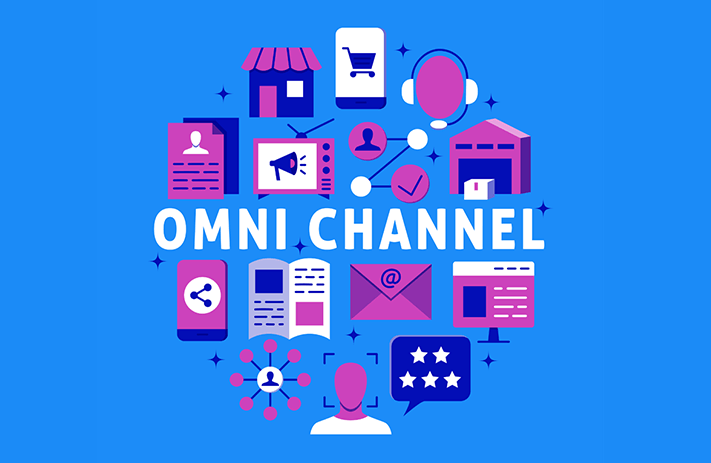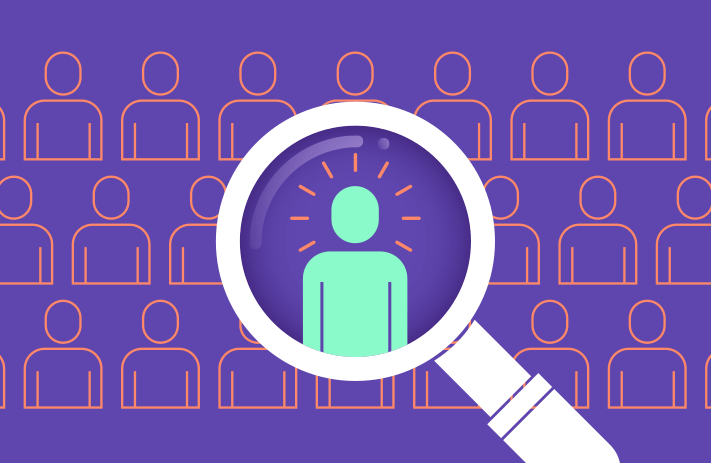
Click the button to start reading
Looking for Your Best Fit? Full Guide to Omnichannel vs Multichannel Marketing
A multivitamin that offers a little bit of everything? Or an omnipresent force that’s everywhere at once?
If you bring this idea to the world of marketing, you’ll open the door to multichannel and omnichannel strategies. While both aim to connect businesses with customers, the difference between them lies in their reach and impact.
In this article, we’ll dive into the world of multichannel and omnichannel marketing. Moving ahead, we’ll learn about the pros and cons of each. Plus, we’ll share examples and tips to help you compete effectively in an omnichannel vs multichannel marketing environment.
Here’s what to keep in mind. When you know the main difference between omnichannel and multichannel marketing, you can effectively meet customer expectations, engage your audience, and build a stronger brand.
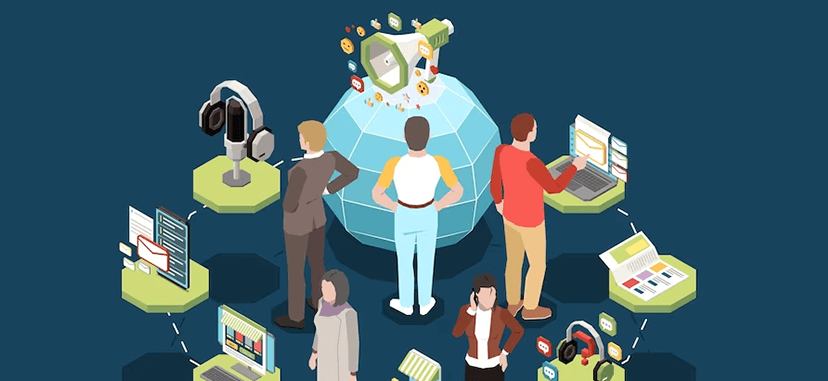
What is Multichannel Marketing?
Multichannel marketing is like opening several doors to invite people into your business world.
Some people prefer browsing websites, others love scrolling through Instagram, and some enjoy visiting brick-and-mortar stores. You, therefore, opt for multichannel marketing to meet your customers wherever they are.
For example, let’s say you discover a clothing brand online. You check out their website, follow them on Instagram, and even visit their physical store. By the way, each channel has its own unique vibe, promotions, and content. Usually, you find exclusive online discounts, Instagram stories showing new arrivals, and in-store events.
In short, multichannel marketing recognizes that people have different preferences and habits. When businesses are present on multiple channels, they increase their chances of catching your attention and connecting with you. Well, it’s like casting a wide net to reel in customers from all corners.
What is Omnichannel Marketing?
Now, omnichannel marketing is a bit different. And the meaning is hidden in the prefix “omni”, which means “all”.
Picture this: you’re on the hunt for a fresh pair of shoes. First, you hit up the internet to do some research, read reviews, and check out different brands and styles. Next, you decide to go to a physical store to try on the shoes and get a feel for them. Finally, you decide to buy them online because you found a better deal. So, that’s a classic example of an omnichannel shopping experience.
Basically, omnichannel marketing is a strategy where businesses create a unified customer experience across all channels. It’s like picking up the conversation where you left off, whether you’re interacting with a brand on Facebook, face-to-face or over the phone. The goal? To make it super easy for customers to switch between channels without any hassle.
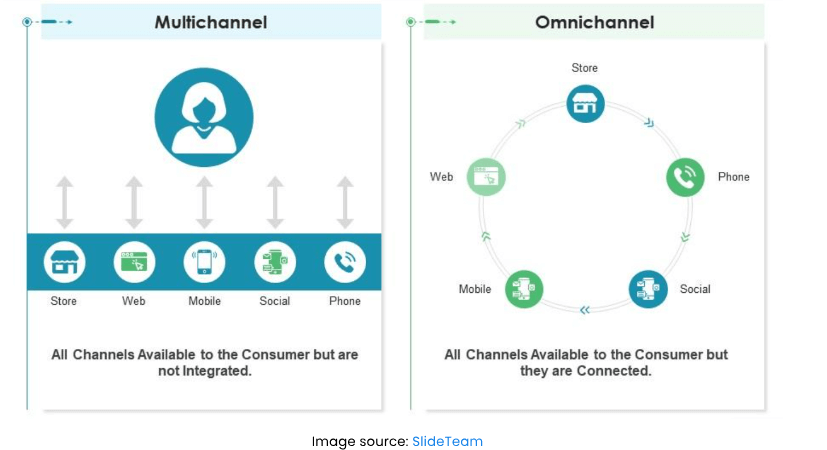
Omnichannel vs Multichannel Marketing: What’s the Difference?
With that knowledge in mind, let’s now explore the central difference between omnichannel and multichannel marketing.
To put it shortly, the big difference here is the level of integration and consistency.
Let me explain.
In the case of multichannel marketing, each channel may work somewhat independently. So, the experience you get on a brand’s website might not be exactly the same as what you see on their social media or in their physical store. Of course, the ultimate goal is still to provide a great overall experience, but the focus is more on using those different channels to reach as many people as possible.
Unlike multichannel marketing, omnichannel marketing aims to create a frictionless experience across all channels. In this case, customers can pick the channel they prefer, and the experience will be smooth and integrated despite their choice. It’s exactly like talking to a person, staying consistent in your conversations, and remembering where you left off.
To sum it up, both omnichannel and multichannel marketing are about reaching customers through different channels. But omnichannel takes it a step further by integrating those channels and creating an integrated experience.
Here’s a simple chart showing the differences between omnichannel and multichannel marketing:
| Omnichannel Marketing | Multichannel Marketing | |
| Focus | Seamless, connected experience | Using multiple channels |
| Integration | Channels work together | Channels may operate separately |
| Consistency | Consistent messaging and branding | Channels may have different messages |
| Personalization | Personalized customer experience | Adapted content per channel |
| Customer Journey | Unified across channels | Varied experience per channel |
| Data Utilization | Data used to personalize journey | Collected data may be used independently |
| Customer Engagement | High level of engagement | Engagement varies by channel |
| Complexity | More difficult to implement | Easier implementation |
| Goal | Enhanced customer experience | Reaching a wider audience |
Real-World Examples of Companies that Have Killer Omnichannel Approaches
Need further details? Here’re two examples to put everything into context.
Nordstrom

Nordstrom has mastered the art of omnichannel marketing, earning the top spot in Total Retail’s Top 100 Omnichannel Retailers report.
They have seamlessly integrated their online and offline channels, making shopping a breeze for their customers. Nordstrom’s “Local” stores in major cities serve as convenient hubs for pickups, returns, alterations, and styling assistance.
In addition, their digital-first platform allows customers to shop across multiple locations and online platforms, leading to increased sales. Thus, Nordstrom’s commitment to technology is key to its successful omnichannel strategy. They continue to invest in improving their supply chain and merchandising capabilities, ensuring a strong and seamless customer experience.
Disney
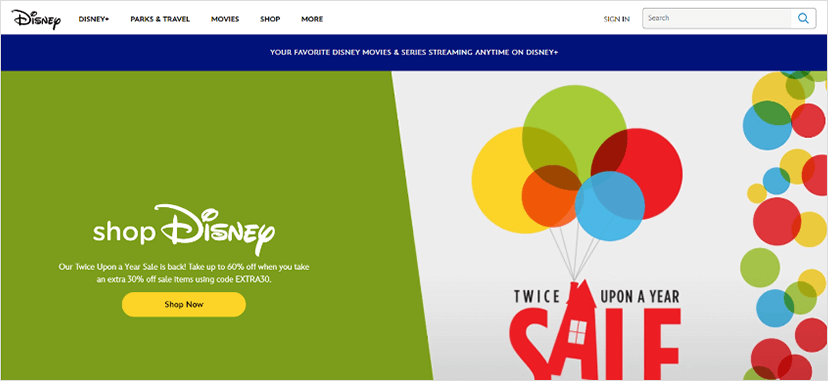
Disney’s omnichannel marketing strategy is a shining example of how to create exceptional customer experiences. From the moment visitors start planning their trip, Disney’s website and app provide lots of info and choices to get them excited.
Once inside the park, the Disney app becomes an essential guide, providing real-time updates and helping guests make the most of their time. The magic wristbands provided to visitors offer personalized convenience, acting as room keys, park tickets, and payment methods.
By integrating technology, personalization, and a strong focus on customer care, Disney has set the bar high for delivering memorable experiences.
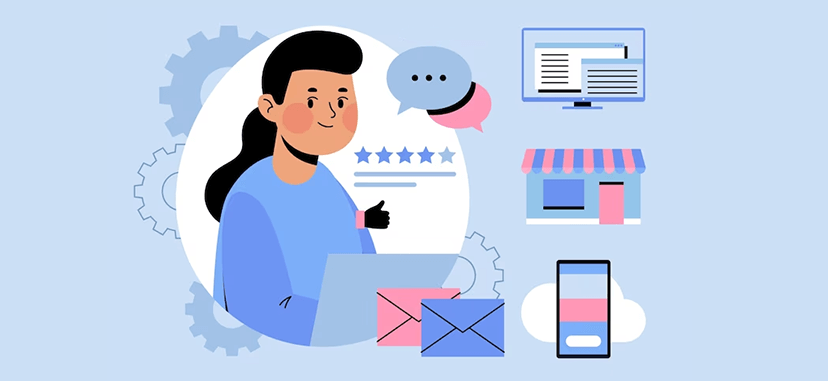
Finding What Works for Your Brand: How to Choose Between Omnichannel vs Multichannel Marketing.
First things first, there’s no one-size-fits-all answer here.
The best approach depends on your business, goals, resources, and target audience. It’s like picking the right outfit for the occasion – you want something that suits your style, flatters your figure, and matches the vibe of the event.
Both strategies have their merits. But if you want to take your customer experience to the next level and make them feel like VIPs, omnichannel marketing might be the way to go. And there are good reasons why:
- Over the years, consumer habits have significantly changed. In the past, people typically used only a couple of touchpoints when purchasing. Interestingly, very few used more than four. However, today’s consumers engage with nearly six touchpoints on average!
- Omnichannel customers shop 1.7 times more than shoppers who use a single channel. This means that by implementing an omnichannel approach, you can increase your sales.
Thus, if you’re looking for a wider reach and a more diverse audience, multichannel marketing might be your jam.
On the other hand, if you’re all about creating a seamless and connected experience for your customers, omnichannel marketing could be your secret weapon. It’ll allow you to be there for them every step of the way, meeting their needs and making it easy for them to engage with your brand.
Consider these questions to find the perfect fit:
- What are your business goals? Are you aiming for a wider reach or a personalized experience?
- Who is your target audience? Do they prefer specific channels or have a preference for a seamless journey?
- What resources do you have? Can you handle the complexity and resource requirements of an omnichannel approach?
Pro tip: It’s not necessarily an either-or situation. You can start with a multichannel approach and gradually transition to omnichannel as your business grows and resources allow.
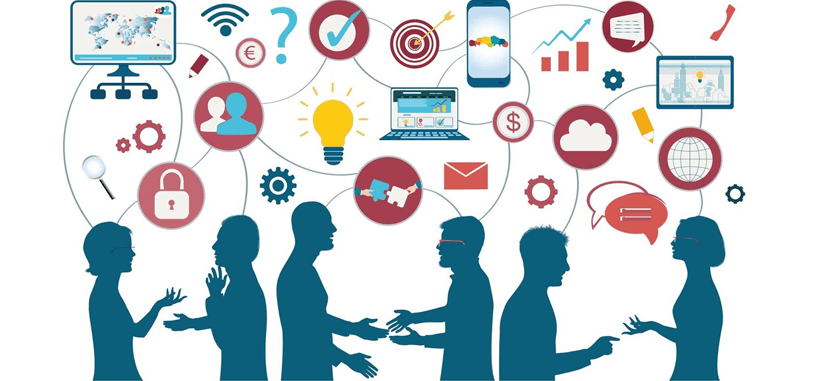
Multichannel vs Omnichannel Marketing: Exploring the Pros and Cons of Both.
Now, let’s learn about the advantages and challenges of omnichannel and multichannel marketing to decide which of them aligns with your goals and capabilities.
Pros of Omnichannel Marketing:
- Supercharged Customer Experience: With omnichannel marketing, you’re giving your customers a top-notch experience. They can seamlessly move between channels, and you can personalize their journey based on their preferences. Well, it’s like rolling out the red carpet and treating them like VIPs.
- Consistency: One big advantage of omnichannel marketing is the ability to keep consistency across all channels. To explain, you ensure that your brand messaging, tone, and overall vibe remain the same no matter where you meet your customers.
- Data-Driven Insights: By using various channels, you gather a treasure trove of data. With omnichannel marketing, you can use that data to gain insights into customer likes, dislikes and behavior.
- Enhanced Customer Loyalty: When you provide a seamless and personalized experience, you’re bound to win customer loyalty. Hence, the key benefits of omnichannel marketing are building trust and deepening relationships with customers.
Cons of Omnichannel Marketing:
- Resource Intensive: Using omnichannel marketing may require a lot of resources. First, you must coordinate efforts across multiple channels. Second, you have to manage data from various sources. It’s like juggling multiple balls in the air, and it can be a bit overwhelming if you don’t have the right resources and expertise.
- Technological Challenges: To implement omnichannel marketing successfully, you’ll need to use technology that enables seamless integration and data management. It, therefore, may require investment in systems, platforms, and infrastructure.
- The Complexity of Execution: The complexity of executing an omnichannel strategy shouldn’t be underestimated. Quite naturally, it involves aligning different teams, updating messaging, and optimizing each channel for the best customer experience.
- Issues with Channel Consistency: Maintaining consistency across all channels can be a challenge. Whether you like it or not, different channels may have their own limitations, user experiences, and technical requirements.
Pros of Multichannel Marketing:
- Wide Reach: With multichannel marketing, you can reach a broader audience. You’re spreading your message across different channels, such as social media, email, physical stores, and more.
- Diverse Engagement: Each channel offers unique ways to engage with your audience. So, focus on the strengths of each platform to tailor your content and messaging. Some may prefer Instagram, while others may prefer your newsletters. In the case of multichannel marketing, you’re giving people options and meeting them where they are.
- Flexibility and Adaptability: Multichannel marketing allows you to adapt to changing trends and customer preferences. To clarify, you’re not putting all your eggs in one basket. If one channel doesn’t perform as expected, you can quickly allocate resources to other channels.
Cons of Multichannel Marketing:
- Channel Management Challenges: Managing multiple channels can be challenging and time-consuming. That’s because each channel requires dedicated attention, content creation, and monitoring.
- Inconsistent Messaging: With different channels come different messaging and branding opportunities. Yes, it’s important to maintain consistency across all platforms, but it’s not always easy. If your messaging isn’t aligned, you risk confusing your audience and weakening your brand identity.
- Scattered Data and Insights: With multiple channels, data collection and analysis can become scattered. Each platform may provide different metrics and insights, making it challenging to get a holistic view of your marketing efforts. It’s like piecing together a puzzle without having all the pieces – your insights may not be as complete or accurate as you’d like.
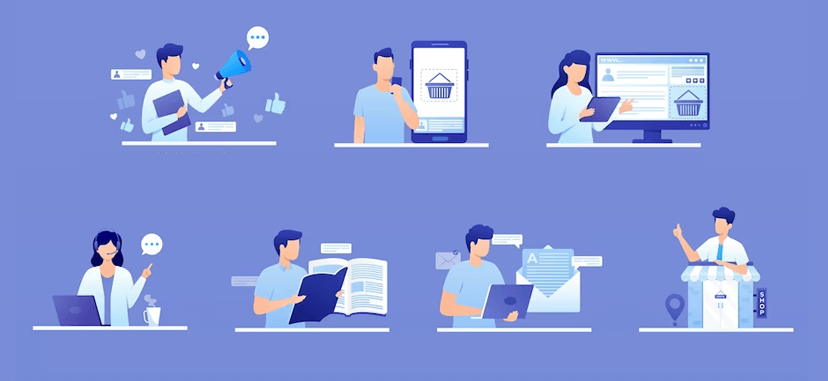
9 Tips to Compete Effectively in an Omnichannel Environment
Keep note of this: the future of multichannel and omnichannel marketing will be shaped by mobile optimization, data privacy, and the implementation of various technologies. But above all, you’ll need a customer-centric mindset to succeed in your omnichannel marketing game.
When it comes to marketing, many businesses have already gone multichannel. Omnichannel marketing, on the other hand, still requires a lot of planning and preparation.
We’ve picked nine advanced tips to help you deliver exceptional experiences to your existing and future customers.
1. Have Cross-Channel Communication
Build seamless communication between channels to support and engage your audience. For example, if a customer asks a question through social media, ensure that your customer service team can access the conversation history and respond promptly. By offering smooth cross-channel communication, you show your commitment to exceptional customer service.
2. Go Mobile-Friendly
With more people using mobile devices, it’s important to make sure your website and mobile app are easy to use.
This means they should load quickly, have easy-to-use menus, and include features designed specifically for mobile users. Without a doubt, optimizing your site and app for mobile is essential in grabbing the attention of customers on the move.
3. Pay Attention to Data Privacy and Security
Businesses may not like it, but customers are becoming more conscious of how their data is used and shared.
Sooner or later, you’ll need to prioritize transparent practices, use security measures, and comply with privacy regulations. Well, you have no other shortcut to protecting customer information and building trust.
4. Use the Power of Artificial Intelligence and Automation
In the near future, the integration of artificial intelligence (AI) and automation will revolutionize multichannel and omnichannel marketing.
AI-powered tools can analyze big data, enable personalization, and automate repetitive tasks. As a result, chatbots, recommendation engines, and predictive analytics will become more and more important. Why? Because they provide valuable insights into people’s behaviors, preferences, and interactions. Only with this data can you personalize their experiences, learn about their needs, and make informed decisions.
5. Consider Voice Search and Smart Devices
Guess what? Voice search is going to have a big impact on multichannel and omnichannel strategies.
More and more people have started using voice assistants and smart devices. Businesses, then, need to think about how to optimize their content for voice search. The key is to keep your brand connected with customers and find exciting ways to engage with them through smart devices.
6. Be Aware of Augmented Reality and Virtual Reality
Get ready to enter a whole new world where the physical and digital mix together.
Augmented reality (AR) and virtual reality (VR) are going to be a game-changer in multichannel and omnichannel marketing. Brands are going to use these cool technologies to make product experiences even better, like letting you try stuff on virtually or telling interactive stories.
7. Ensure Efficient Inventory Management
When you have an omnichannel setup, it’s important to keep track of your inventory.
Make sure your stock information is synced across all your channels. This way, you’ll know exactly what’s available and avoid running out of stuff. Now you can keep your customers happy and avoid any inventory headaches!
8. Keep an Eye on Customer Expectations
One thing is clear: technology will continue to advance, and customers will seek more convenient interactions with brands. Therefore, you’ll need to stay agile, listen to customer preferences, and invest in strategies that prioritize customer-centric experiences.
9. Make Sure You’re Ready for the Shift
Last but not least, when deciding between omnichannel vs. multichannel marketing, it’s important to consider what resources are required.
Many companies try to implement an omnichannel strategy, but only a few succeed in creating a complete customer experience. Well, the idea of needing lots of time and resources can scare some away from even trying.
Some companies make the mistake of trying to meet every possible need of every customer. This, in turn, leads to conflicting priorities, slow progress, and high costs. Here’s the secret: trying to be everything to everyone in a fast-paced world just doesn’t work.
However, you can create an exceptional omnichannel experience for most of your customers by focusing on the two or three most important ways they interact with your brand. To do this right, prioritize the journeys that matter most to your customers. Then, create an impactful omnichannel experience that makes your brand stand out.
Key takeaways
Omnichannel marketing burst onto the scene in response to changing consumer expectations and the rise of new communication platforms. It revolutionized the game by smashing the barriers between channels, giving birth to a unified brand experience.
But it didn’t stop there.
Omnichannel marketing has grown, extending its influence beyond retail and becoming a fundamental approach for brands trying to win the hearts of consumers.
To conquer this world, you must grasp the difference between omnichannel and multichannel marketing and invest your resources wisely. Once ready, embrace the power of omnichannel and create experiences that leave your customers delighted – every step of their journey!

